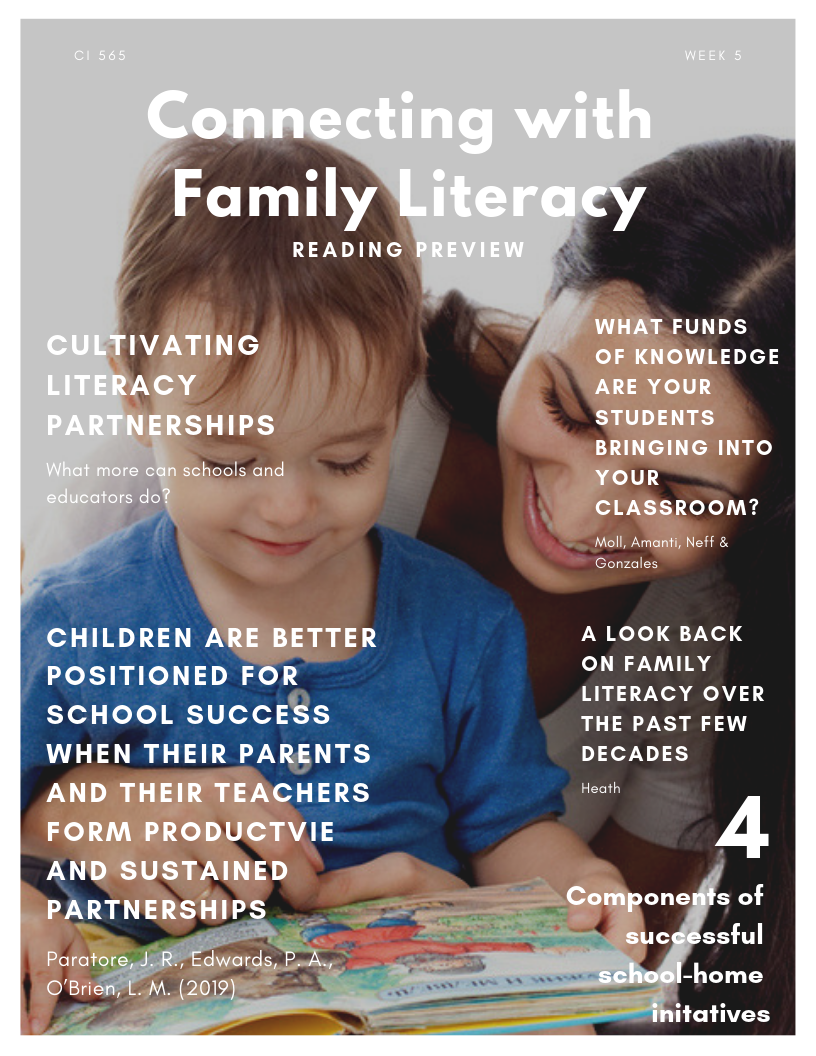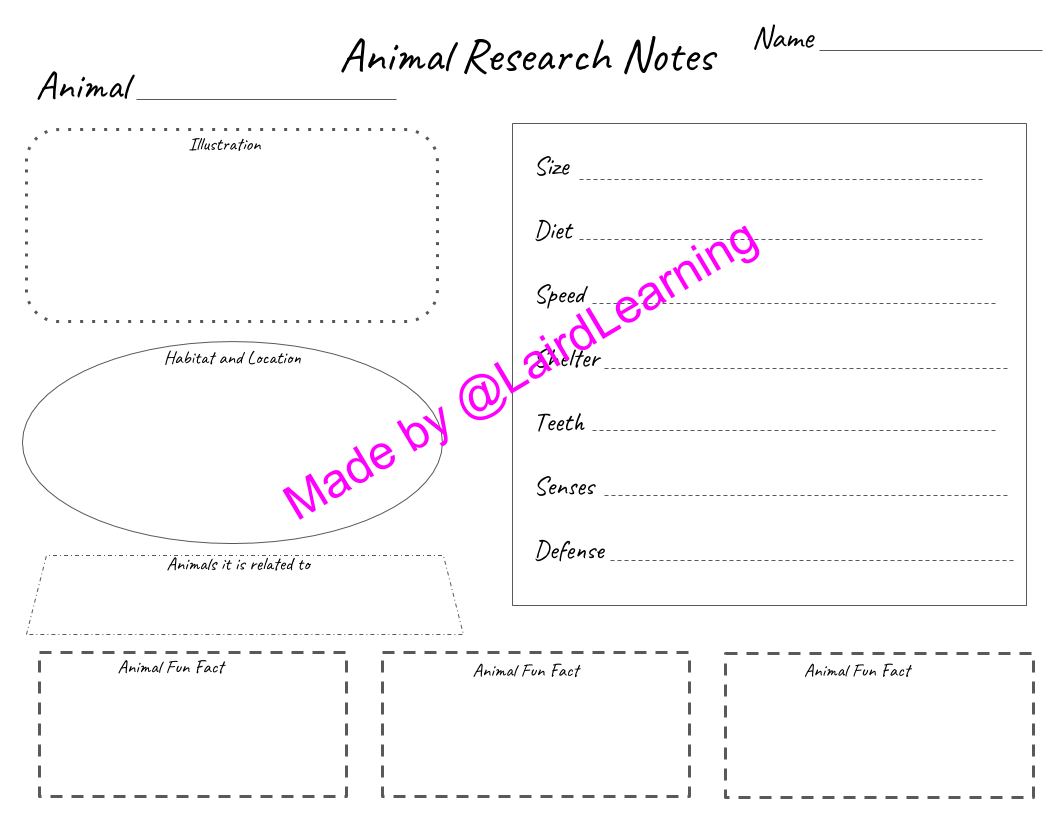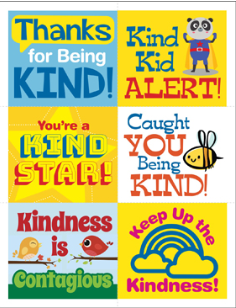 For the past three years (2016-2019) I have had the joy of serving along side fifteen of the most passionate literacy advocates out there. Together, on the International Literacy Association's Board, we worked to ensure the organization's mission and vision were enacted. During my term, I had the privilege of serving on committees and task forces, presenting chapter awards at the annual conference, and supporting ILA's Children's Rights to Read campaign. The three years flew by, and I was humbled, honored, and grateful for the opportunity to serve and advocate for literacy. While it is bittersweet to close this chapter, I am looking forward to continuing my literacy work through my PhD study, consulting, and advocacy.
0 Comments
In late April, I was in a meeting where data was being discussed and the question of when to celebrate the end of year data came up. I cringed and shared I don’t believe there’s an end point we should focus on, because learning doesn’t end. You see, students are on a learning journey, where a body of evidence builds as they progress through PK-12 (or 16/20) schooling. Yes, there are checkpoints along the way, and progress should be acknowledged, but “end-of-year data” seems final to me and communicates the wrong message about learning. Just because the calendar says May or June, doesn’t mean learning ends. By no means am I saying to ignore data or no longer recognize growth or gains, but instead, view the information as what it is, limit the emphasis, and continue setting goals with students and keep the learning momentum going.
As you might guess, I am also not the countdown to the end of the year type of educator either, but that’s a conversation for another time and blog post. What are your thoughts on celebrating end-of-year data?  Writing grants is a great way to fund projects and programs. To date, I have brought in over $30,000 in grant funding to my elementary building. The grant highlighted in this post is from Facebook's Altoona Data Center Community Action Grant. I have received this grant three times, and this year's is for $14,700 to fund technology which will be used in our kindergarten classrooms. If you're unsure where to begin, I encourage you to look at educational organizations you are part of, or the literacy focused blog post I wrote a while back. If you would like support or wish to learn more about projects I have funded, don't hesitate to reach out. Note: If you're in a school district, you will want to check whether there is a grant funding process or checklist you need to follow. One of my assignments for my EL PS 620: Education for Social Justice was to read and critique a social-justice oriented text. I chose Garcia and O'Donnell-Allen's Pose, Wobble, Flow: A Culturally Proactive Approach to Literacy Instruction. I thoroughly enjoyed reading this text and highly recommend it! Rather than sharing my full critique writeup, I am including the handout I created to share the information with the class.
As part of my CI 565: Literacy: Connecting Research, Policy, and Practice course, we lead a week's discussion. The focus of my week was Connecting with Family Literacy and included four readings:
To kickoff our study and discussion, I created the Reading Preview graphic below. Every so often, teachers reach out to me for enrichment activities for reading, math, science, or social studies. This is an activity I put together for 1st grade students and is modeled after Jerry Palotta's Who Would Win series. The grade level is 1:1 (one device per student) Chromebooks, so I designed this in Google Slides. The final page will have a Blabberize (Chatterpix could be an alternative if you have iOS devices, where the winning animal explains why they won the battle. A few resources students will use for this project are PebbleGo, Bookflix, TrueFlix, and Kiddle. If you would like a copy of the Google Slides file, please let me know. I also created a graphic organizer where students can record their findings.
We are always looking for ways to recognize students, and our Building Leadership Team was recently talking about wanting to celebrate when students are kind. I was excited to use Canva to design kindness cards, but started by searching online to see if there were any free options. There's no sense in recreating the wheel if something is already available. Luckily, thanks to Scholastic, this was the case! Scholastic's Kindness Cards were exactly what we were looking for. I did create an additional page to print on the back of each card, which will allow staff members to write a message noting the kind act. Each Monday, students receiving the kindness cards will be announced over the intercom, allowing the school community to recognize the work and action of the students. I encourage you to visit Scholastic's website and download your own copy of the Kindness Cards. If you would like a copy of the back page I created, let me know!
In a continuing effort to expand PBIS (Positive Behavior Intervention & Supports) in our building, I created the student recognition card shown below. The idea came from a similar card that another elementary building is using, I simply created one that would work for our students and staff. The plan is for a staff member to recognize a student showing either the RAMS Way (Respectful, Always Responsible, Manners, or Safety) or a Growth Mindset by filling out the card. To increase the home/school connection, both the staff member and the principal will write a comment and the card will be sent home. The card was made using Canva.
My building uses Positive Behavior Intervention & Supports (PBIS), and I am on our Tier I and Tier II team. We have students follow the RAMS Way (Respectful, Always Responsible, Manners, and Safety). Our school district's mascot is a Ram, so the acronym was created to go along with the mascot. I have already created Classroom Tickets and Student Awards, and was shown an example of VIP seating tickets for school assemblies and knew I could design something similar for our building! I used Canva, one of my go-to creation sites, to create the ticket. We hold monthly PBIS assemblies, and our plan is to hand out a few VIP tickets prior to the assembly. This will be another way to recognize students who are demonstrating the RAMS Way.
During a recent Building Leadership Team meeting, we discussed ways to recognize students, specifically how we can celebrate students who show grit and perseverance. These students may not necessarily get recognized for academic performance or proficiency, deserve to be recognized for their growth and determination. I used Canva to create the award certificates and look forward to seeing them used by teachers and staff.
|
Archives
October 2023
Categories
All
|











 RSS Feed
RSS Feed
